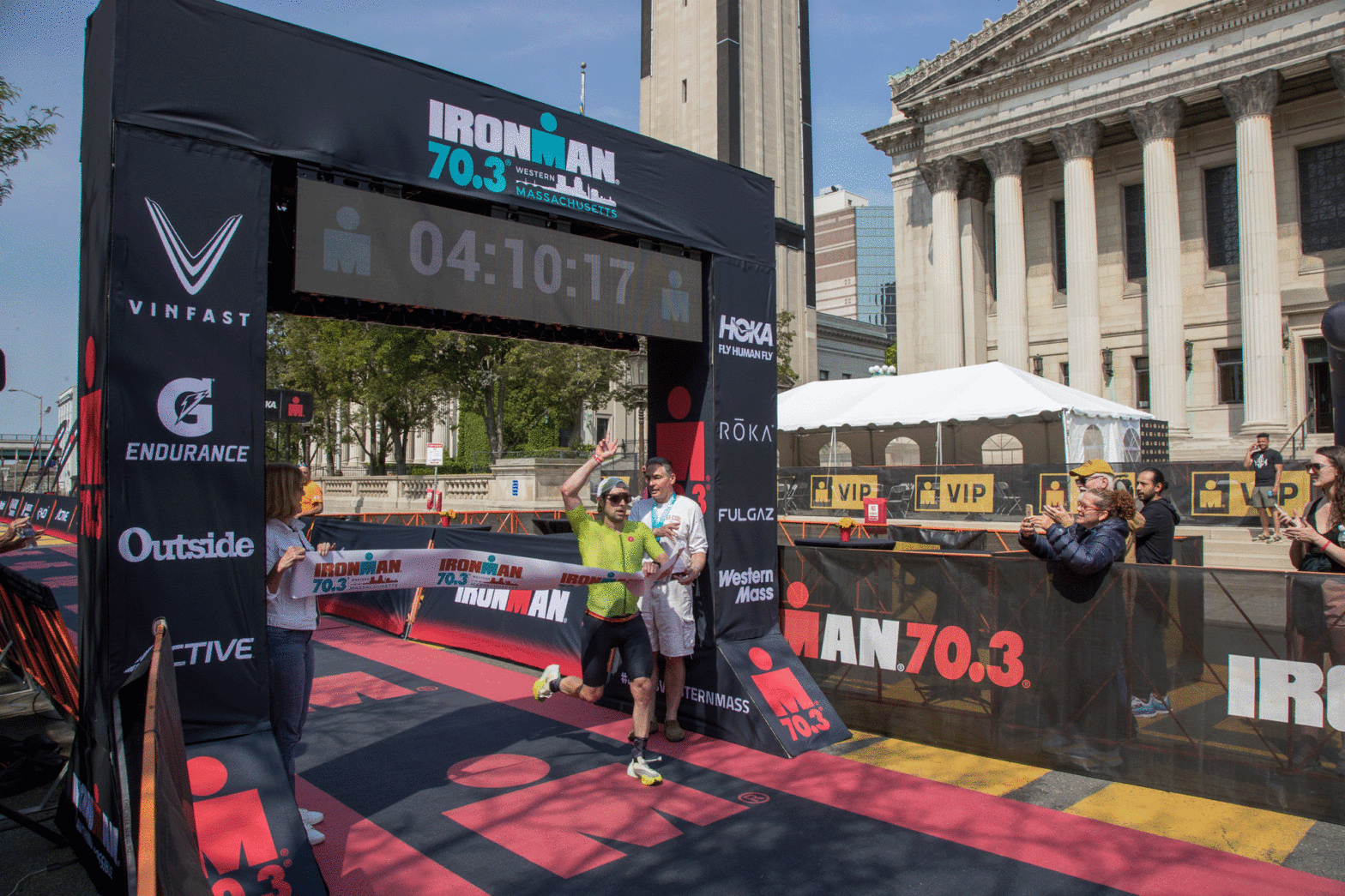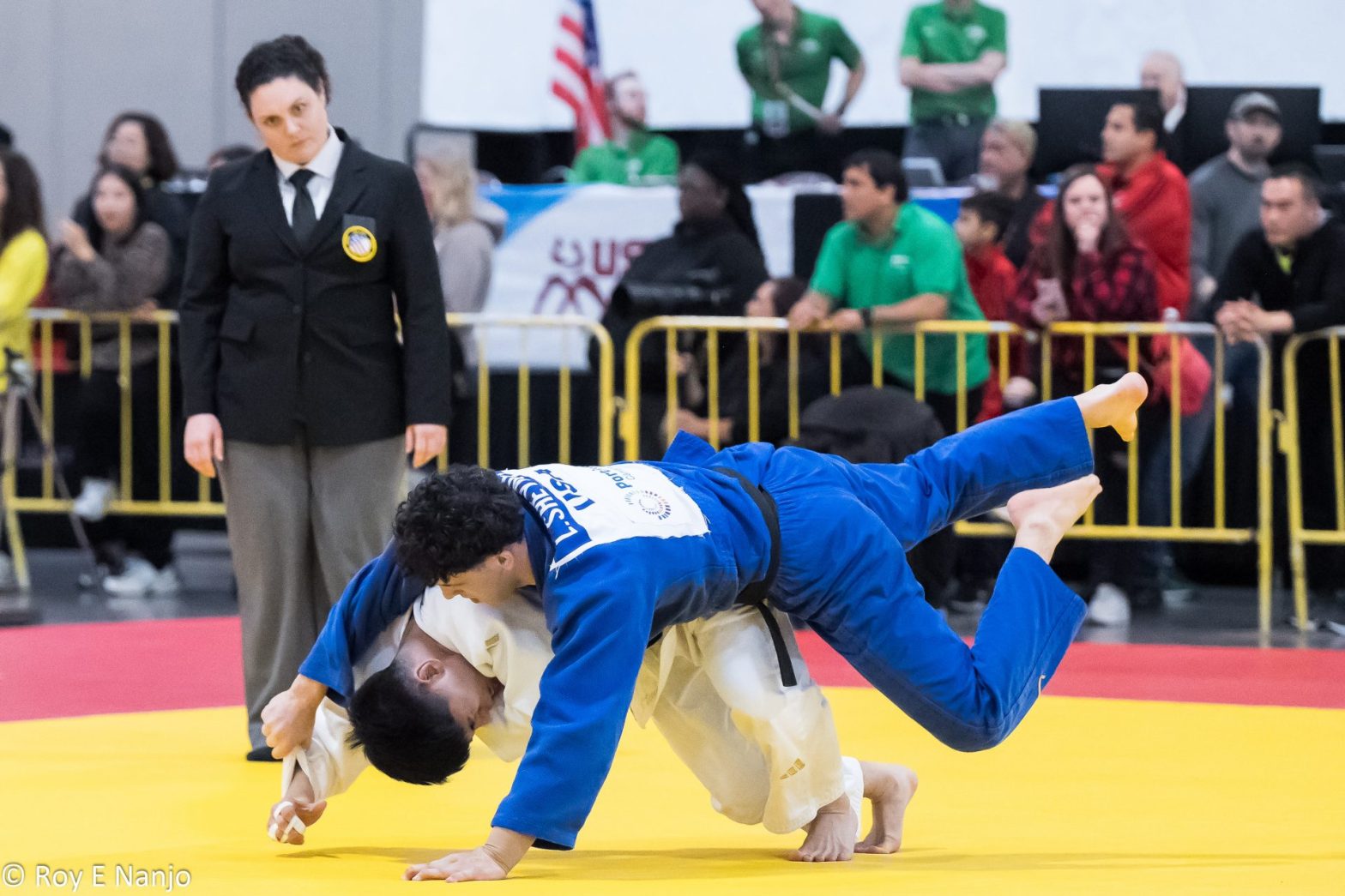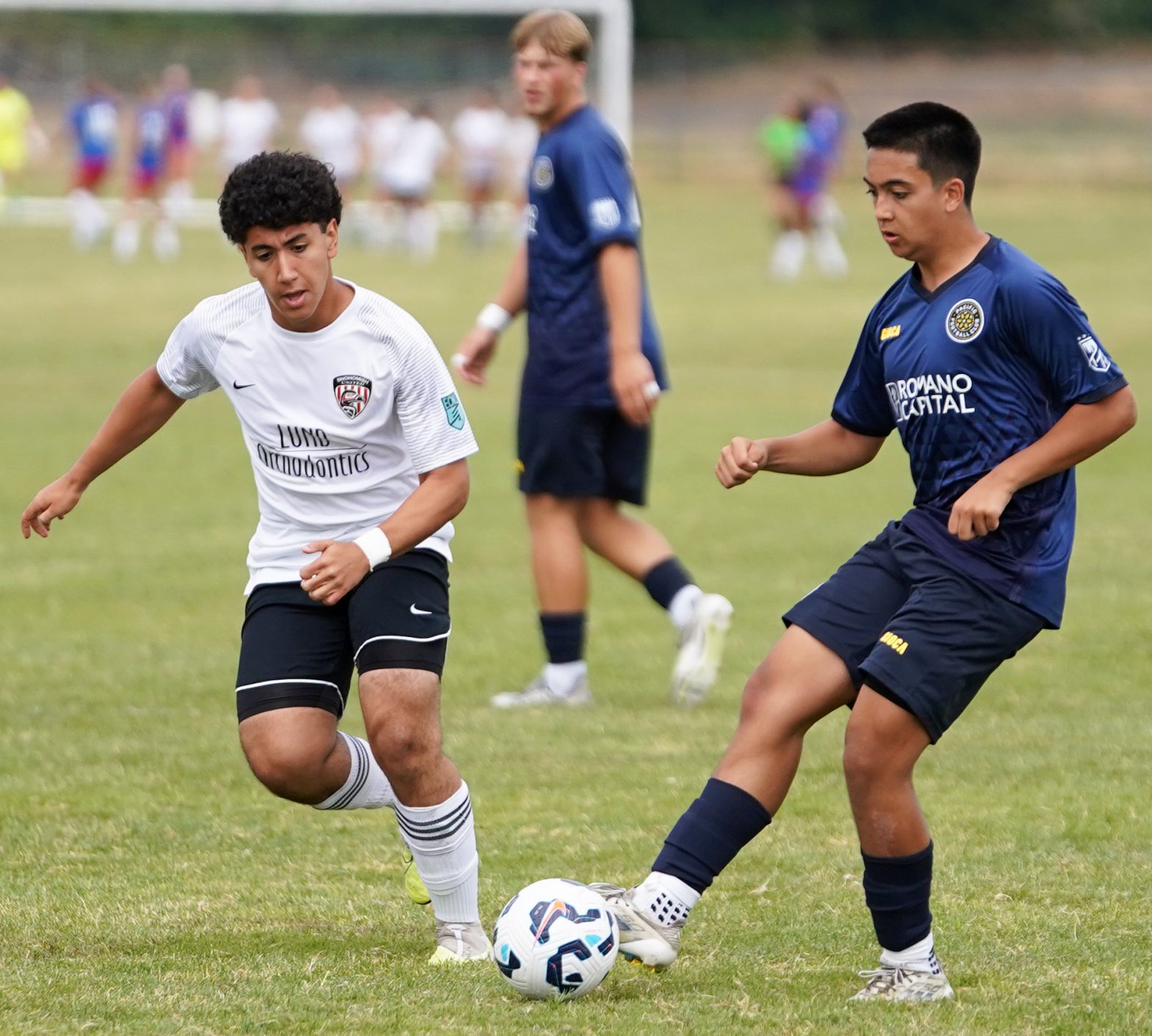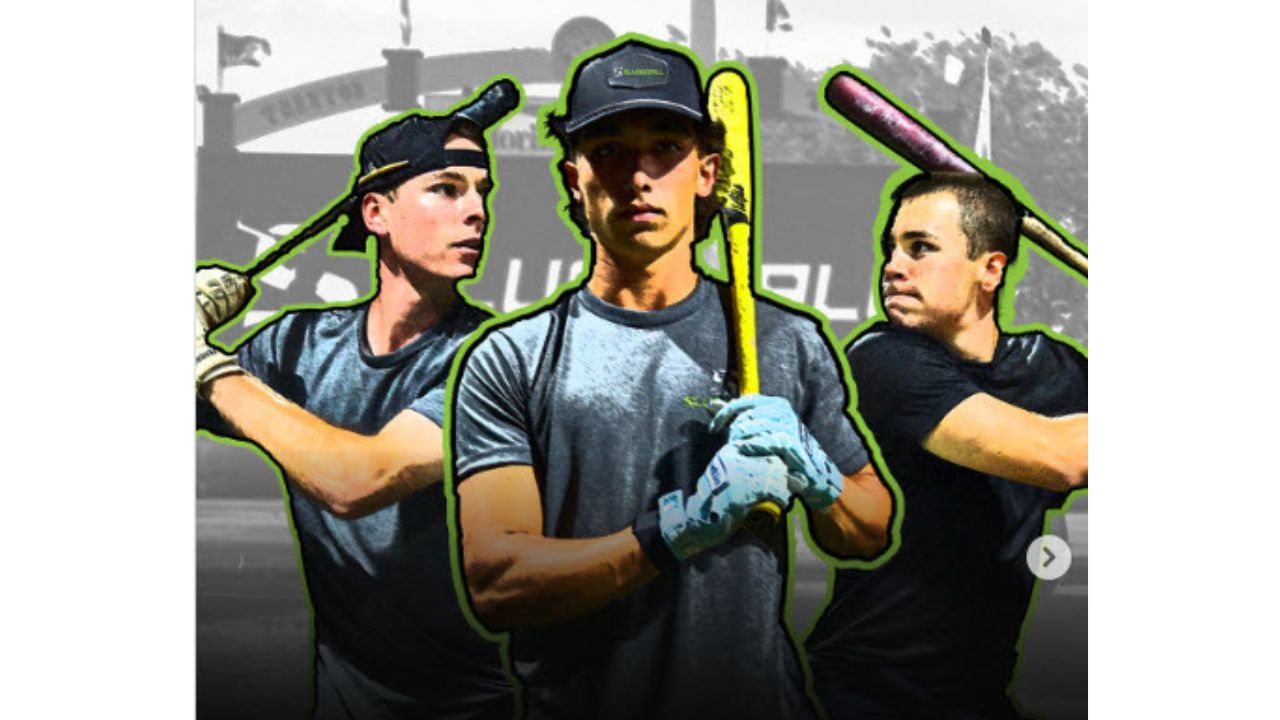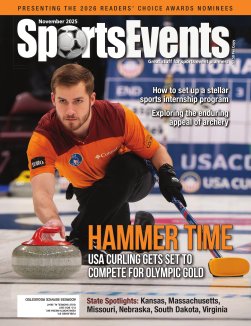
When Casey Armistead competes in dressage, she is participating in an age-old sport and art form—it’s beautiful and elegant, but also technical. It’s poetry in motion, as she rides atop her horse with full confidence and control.
Armistead, who has been riding for more than 30 years, describes dressage as “ballroom dancing on horseback.
It’s all about balance and harmony.”
The sport’s name comes from the French word for “training,” and fittingly describes the systematic and progressive coaching of riding horses to precisely execute any of a wide range of maneuvers. It aims to achieve balance, suppleness, and obedience with the purpose of improving and facilitating the horse’s performance of normal tasks.
“Dressage is training the horse to do certain maneuvers—to conduct himself in a certain way,” Armistead explained.
The sport can trace its roots to ancient Greece, where it developed as early as 400 B.C. European aristocrats and militaries used dressage to display their highly trained horses in pageants. It has been a part of Olympic competitions since as early as 680 B.C.
Dressage is just one of the hundreds of equestrian sports in which nearly 2.5 million horses compete, pumping billions of dollars into local economies. Each year, horse shows account for a direct economic impact of $10.8 billion and an overall impact of $28.7 billion, according to the American Horse Council (AHC).
The U.S. Equestrian Federation (USEF) serves as the governing body for horse sports, which include well over a dozen disciplines—from jumping to carriage driving, to hunter and Western. The U.S. Dressage Federation falls under the umbrella of the U.S. Equestrian Federation.
Mustering for events
The shows Armistead attends always require travel from her home near Mobile, Ala., usually to another state. Events are organized by grassroots clubs, and they are few and far between.
Typically, events take place over two days with 40 to 50 participants and about 150 people may attend after counting organizers, volunteers, and spectators. Larger shows, such as a regional championship, may draw 300 participants and 600 to 700 attendees. Those shows last three to four days.
However, horse sports are not inexpensive.
Aside from the $25,000 to $50,000 spent on a horse, add to it the cost of a trailer and a truck that can haul it, along with boarding and training. Entry fees range from $400 to $500, and up to $800 for a regional championship. Then, there’s gas and food for travel.
“I did it more on a shoestring, but still spent thousands of dollars,” says Armistead, who trains and cares for her own horses.
The sport caters mostly to women who spend top dollar to participate in shows, equipment, hiring trainers, boarding their horses, and attending clinics. Dressage saddles start at about $700 and go up to as much as $6,000 for a custom seat. Lessons range from $45 to $100 an hour, while professional full training can cost up to $1,000 a month. Cost for boarding fluctuates, depending on location, but ranges from $700 to over $900 a month.
“That’s what drives the dressage industry,” Armistead says.
Some riders have living quarters in their horse trailers, which come in handy as many competitions are held off the beaten path with no motels in sight.
Armistead started riding as a teenager, participating in horse sports available in her hometown: focusing on Western and trail riding. She broadened her interests while attending Judson College in Marion, Ala., which had an equine center on campus.
“I took my first lessons at Judson—hunters and jumpers,” Armistead says. “Then I took a dressage class one summer and fell in love with it.”
Armistead usually participates in three to five events each year—though she’s out now as her horse, Southern Gentleman, recovers from an injury. She plans to continue participating, pending on her mount’s recovery.
“I have met so many interesting and nice people through these events—some of them are my closest friends,” she said.
Eventing and economic impact

Eventing is another equestrian sport that often takes place in rural areas. Eventing is a triathlon, combining dressage, jumping, and cross-country tests that have individual riders and one single horse compete in all three over the course of one to three days.
To host an eventing competition, venues must have open space for the cross-country jumping phase of the competition, says Rob Burk, CEO of the U.S. Eventing Association (USEA)..
Competitors often travel from far distances across the region to compete. This proves a boon to local economies, as participants spend money on food, housing, transportation, and other expenses.
“This is well-matched with most rural communities, especially those with equestrians within several hours’ driving distance,” Burk said. “For limited investment, the community can generate jobs, new tax base revenue from travel expenditures by participants, and can additionally serve the benefit of generating revenue without the need for new
local infrastructure.”
There are approximately 220 USEA/USEF licensed and endorsed events each year, as well as 250 educational activities. The economic impact can vary depending on an event’s size and whether it is a championship competition or a standard event, Burk says.
The USEA estimates each competitor brings 2.5 people with them. Their total direct and indirect expenditures can total more than $1 million for each competition and estimates for larger rural competitions can be as high as $5.5 million.
“The increase in revenue from various state and local taxes can be in the hundreds of thousands of dollars for each event,” Burk says. “This can vary greatly, but the majority of competitions see up to 200 competitors attend, with a support crew of 1.5 additional people.”
Actual competitor numbers at each event range from as low as 40 to as high as 1,000 at a single event.
For example, the Land Rover Kentucky Three-Day Event can see spectator attendance as high as 80,000 at the Kentucky Horse Park in Lexington. This April marks the 40th year of the event, which organizers say generates $14.2 million in revenue.
The picturesque horse country of Ocala and Marion County, Fla., is also home to hundreds of annual equestrian events that add to the region’s coffers. The horse industry in general contributes $2.6 billion each year to the local economy, according to a study by the Ocala Metro Chamber & Economic Partnership.

More than 15,000 spectators were expected when the 32nd Live Oak International took place in mid-March at Live Oak Stud, a 5,000-acre thoroughbred breeding farm near Ocala.
What started as a small, local combined driving event grew steadily. Show jumping was added in 2012, and the event is now attended by leading drivers, riders, trainers, coaches, and owners from Europe and North America. It now brings about $2.5 million in total economic impact to the region, according to a study by the Ocala/Marion County Visitors and Convention Bureau.
Combined driving evokes an elegant era with classic dress and disciplined maneuvers. The three-phase carriage competition tests the endurance,
speed, and agility of both driver and horse through dressage, marathon, and cone competitions. Like dressage, the sport harkens to an ancient time—around 2,500 B.C. in the Middle
East when chariots were used in sporting combat.
Ocala venues host a myriad of horse sports each year. The 2023 Ocala Winter Spectacular, a thrilling jumping competition, takes place at the 300-acre World Equestrian Center, bringing a $37 million total economic impact to the region. People who live outside of Marion County spent more than $24 million during the event, according to the Ocala/Marion County Visitors and Convention Bureau.
The 500-acre Florida Horse Park hosts an Eventing Series, pop shows, Western Dressage, and the Spring Fling Combined Driving competition. Visitors lined up to get through the gates for the 2023 Grandview Invitational, held on the grounds in February.
In all, the U.S. Equestrian Federation recognizes 17 disciplines, each testing a different set of skills from horse and rider. Three of those—dressage, eventing, and sports jumping—are Olympic sports in which modern-day athletes continue using strategies once employed by monarchs and warriors.




